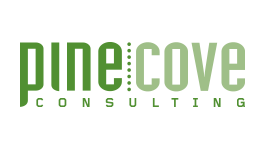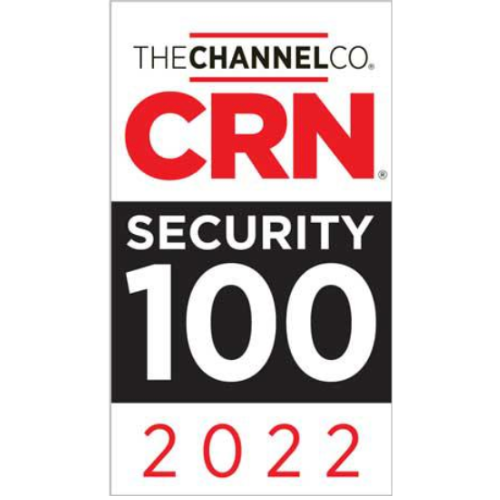In today's world, where safety and security are paramount, the consideration of enhancing one's security infrastructure is both crucial and multifaceted. Whether you represent a corporate entity or are a discerning homeowner, the notion of bolstering security measures is compelling. However, before initiating any upgrade, a thorough evaluation is essential.
Elevating your security system isn't merely about procuring advanced equipment. One must consider the intricate aspects such as the robustness of cabling, data storage solutions, regulatory compliance, specific feature requirements, network compatibility, and the financial implications of the upgrade. This guide aims to provide a comprehensive overview of these components to ensure informed decision-making in the realm of security enhancements.
Cabling
Cabling forms the backbone of any security system. It's the unsung hero that connects all your cameras, sensors, and other devices, allowing them to function as a cohesive unit.
The Role of Cabling in Security System
Cabling plays a pivotal role in the transmission of data and power in security systems. Inadequate or outdated cabling can lead to communication failures, rendering your security equipment ineffective. When upgrading, ensure your cabling is capable of handling the data and power requirements of your new equipment.
Reliable and Secure Cabling Solutions
Security is not just about preventing external threats but also ensuring the integrity of your internal systems. This means choosing cabling that's not only reliable but also secure. Modern security systems often require encryption and secure connections to protect against hacking and data breaches. Invest in cabling solutions that offer encryption and meet industry standards for security.
Storage Space and Compliance
Effective security systems generate vast amounts of data. This data, including video footage and sensor logs, needs to be stored securely and efficiently. Understanding your storage requirements and compliance obligations is crucial before upgrading your security equipment.
Importance of Storage Space
The quality of your security system is closely linked to your storage capacity. High-resolution cameras and continuous recording demand ample storage space. Running out of space can lead to gaps in your security coverage. Prior to upgrading, ensure you have sufficient storage to handle the data generated by your new equipment.
Compliance Requirements
Depending on your location and the nature of your security system, there may be legal and regulatory requirements regarding data retention and privacy. Be aware of these obligations and ensure your upgraded equipment complies with them. Non-compliance can lead to legal consequences and data security breaches.
Specific Needs
Security requirements vary widely based on the environment. A residential property may have different needs than a retail store or a manufacturing plant.
Identifying Specific Security Requirements
Before delving into your security upgrade, conduct a meticulous assessment of your property. Each locale has its own unique security requirements. For example, a parking lot might necessitate license plate recognition, while a building might benefit from facial recognition for access control. Identifying these specific needs and adapting your system accordingly will enhance its effectiveness.
Features and Technology
License plate recognition (LPR) is a technology that uses cameras and software to detect, read, and store vehicle license plate numbers, facilitating vehicle tracking and law enforcement tasks. Facial recognition, on the other hand, analyzes facial features from images or video to identify or verify individuals. Both systems rely on algorithms that compare input data to a pre-existing database for matching purposes. While LPR is predominantly used for traffic regulation and vehicle management, facial recognition has broader applications, spanning from security access controls to social media tagging. It's vital to use both technologies responsibly, ensuring user privacy and data protection.
Network Assessment
Before diving into a security equipment upgrade, a thorough network assessment is crucial. This assessment helps you understand the existing network infrastructure and how the new security equipment will integrate.
Significance of Network Assessment
Conducting a network assessment before upgrading is critical. This involves evaluating your network's capacity, speed, and reliability. An insufficient network can bottleneck your security system's performance. Make necessary upgrades to your network infrastructure to ensure it can handle the increased data traffic.
Optimizing Security Systems
A well-optimized network not only prevents delays but also enables real-time monitoring, instant alerts, and remote access. This is essential for effective security. By conducting a network assessment, you can maximize the potential of your upgraded security equipment.
Cost Analysis
Upgrading security equipment involves a financial commitment, and it's essential to have a clear understanding of the costs involved. While enhancing security is vital, it's also essential to ensure that the upgrade fits within your budget.
Financial Aspect
Upgrading security equipment involves more than just the initial purchase cost; it includes installation, training, and potential maintenance or subscription fees. Transitioning to a new system might lead to temporary downtimes, and there are also considerations regarding the disposal or resale of old equipment. However, enhanced systems can offer long-term financial benefits, such as reduced losses and lower insurance premiums. Therefore, it's essential to weigh both immediate expenses and future savings when considering an upgrade.
Conclusion
In conclusion, upgrading one's security infrastructure requires careful evaluation of multiple factors. While advanced equipment offers enticing capabilities, the success of any security enhancement hinges on elements like robust cabling, sufficient storage, regulatory compliance, a comprehensive needs assessment, optimal network integration, and prudent financial planning. By thoroughly analyzing these facets, security managers can make informed decisions when upgrading, avoiding pitfalls, and crafting cohesive systems tailored to their environment. With diligence and foresight, organizations can elevate their security posture while avoiding unnecessary expenses and complications. Though complex, a methodical approach to upgrading enables entities to harness technology's potential to create integrated, effective security solutions.



.png)







